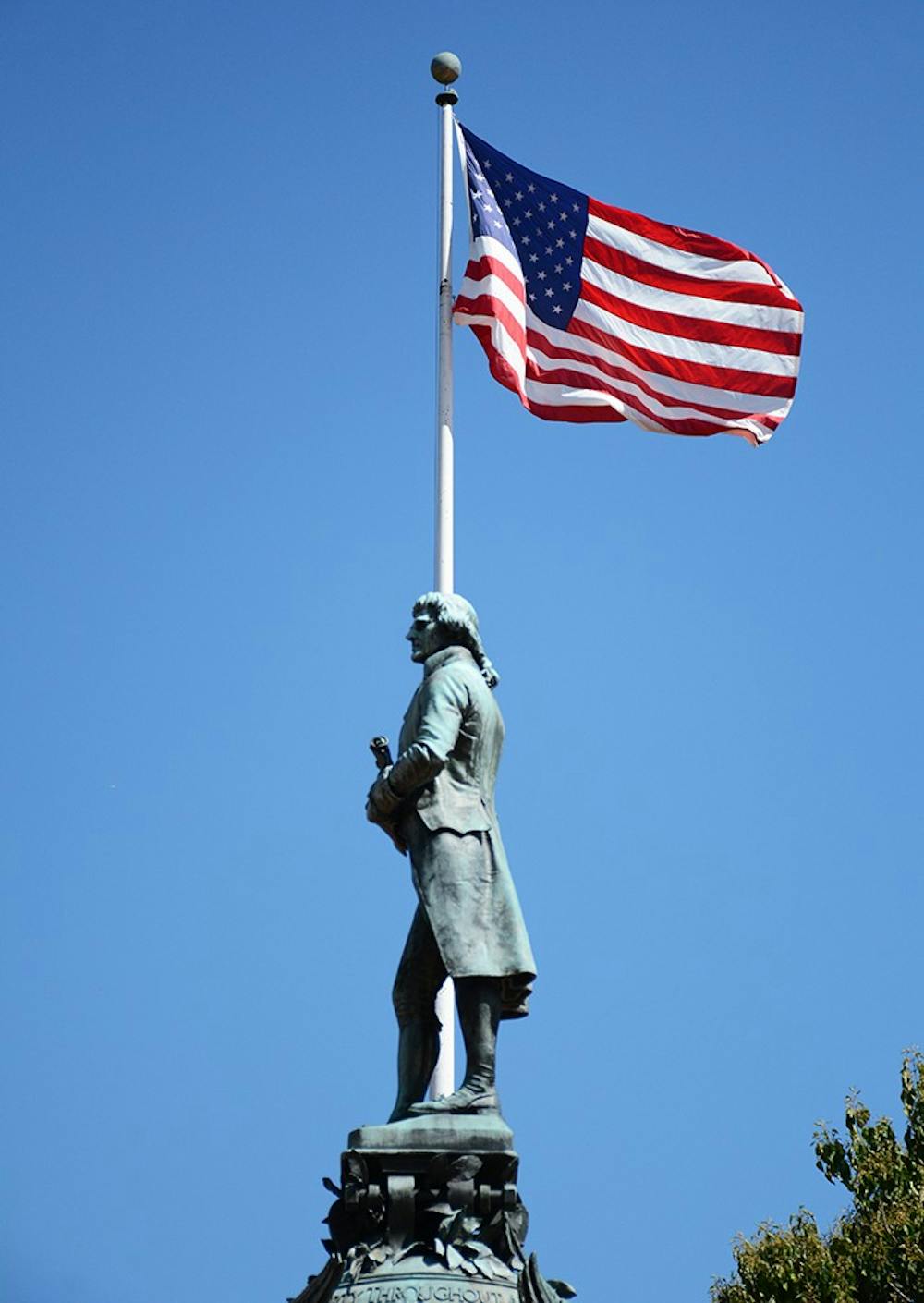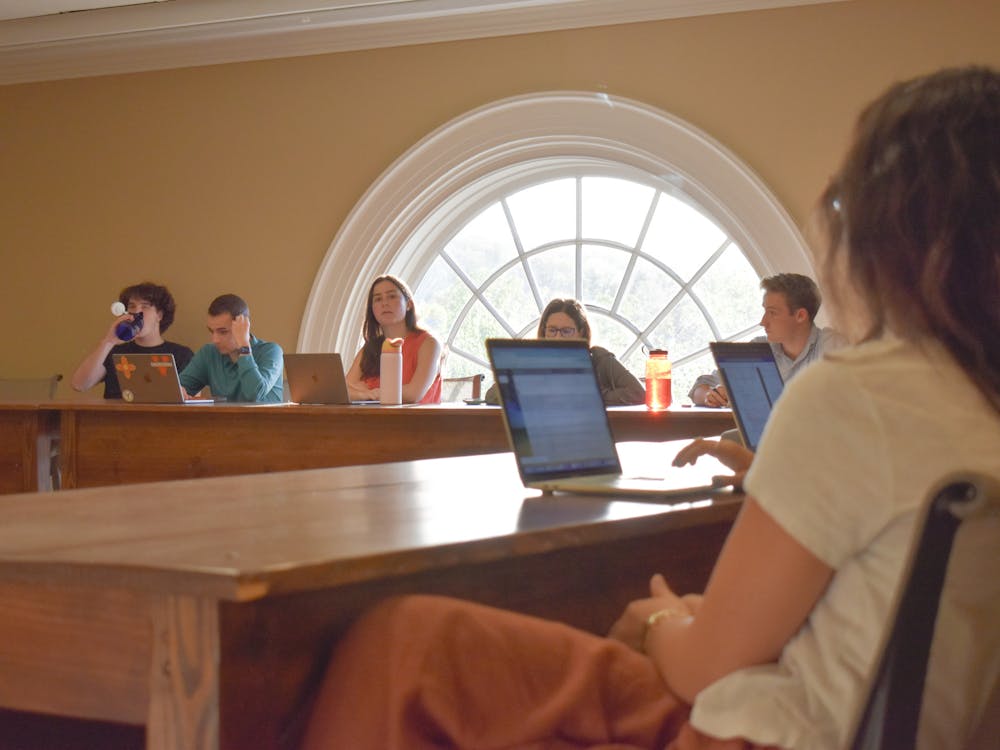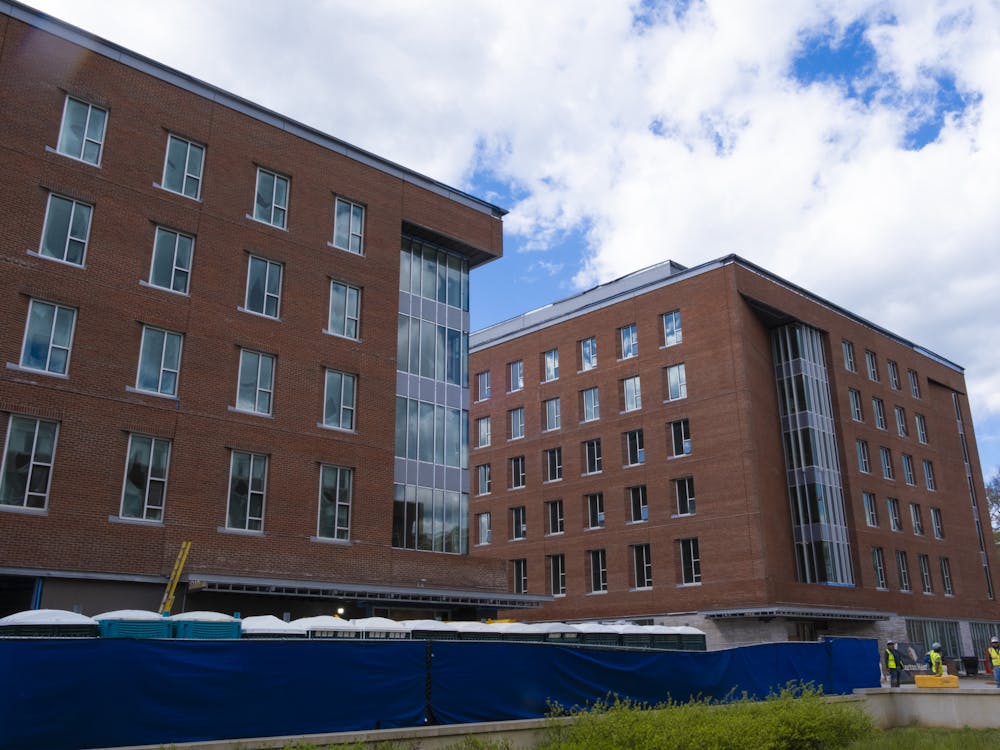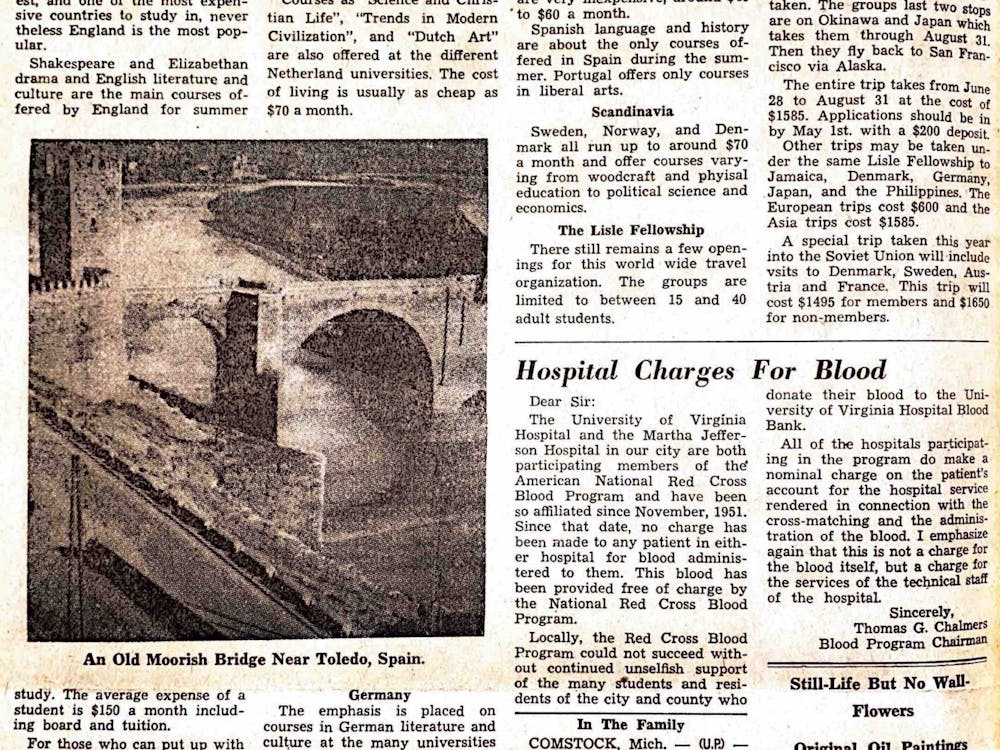September temperatures in the Charlottesville area have significantly increased since 1796.
The increase can in part be tracked thanks to University founder Thomas Jefferson, who was an avid weather observer, and kept a record of temperatures in a meteorological diary. Much of Jefferson’s data — which include records compiled in Williamsburg and at his home in Monticello — were published in his “Notes on the State of Virginia” in 1785.
Similar to modern weather recordings, Jefferson recorded precipitation amount and the daily temperature range.
"My method is to make two observations a day, the one as early as possible in the morning, the other from 3. to 4. aclock, because I have found 4. aclock the hottest and day light the coldest point of the 24. hours [sic],” Jefferson noted in his diary.
In addition to recording precipitation and temperature, Jefferson noted events such as the “appearance of birds, leafing and flowering of trees, frosts remarkeably [sic] late or early, Aurora borealis,” and attempted to measure wind patterns. This was largely unsuccessful due to inaccurate instruments.
Jefferson even took a thermometer to Philadelphia to record the weather on the day the Declaration of Independence was signed, according to an article from the Library of Congress.
Hundreds of Jefferson’s weather recordings have been preserved and are available online. Although the Albert and Shirley Small Special Collections Library does not contain actual weather records kept by Jefferson, curator David Whitesell said some of its Jefferson manuscripts and letters have references to weather.
“My impression, perhaps not fully accurate, is that the systematic recording of weather data was rather unusual until the very late 18th century,” Whitesell said in an email statement. “It was certainly far more common in the 19th century, for which we have many surviving weather records covering decades.”
Jerry Stenger, director of American Association of State Climatologists Designated State Office of Climatology, said Charlottesville temperatures were warmer this summer, but not by a large amount.
“This summer has been warmer than other years, but only by about about 1.5 degrees on average, so it has not been tremendously warmer than normal,” Stenger said. “There has been an unusually large number of days with 90-plus degree temperatures, but we have not had but about one record setting high temperature this year.”
Stenger said 2016 only ranks about 26th overall in terms of high temperatures out of 118 years of records.
Graphic by Kriti Sehgal
In terms of how rising Charlottesville temperatures relate to global scale increases in temperature, Stenger said it is difficult to take temperatures from one station and relate them to a global station.
“I did an analysis looking at Virginia temperatures statewide from year to year and they have been going up substantially over the past 40 years, but the relationship to the global scale temperatures, which have also been going up, is not all that great,” Stenger said.
Looking at smaller scales of temperature variation often introduces more complicating factors that don’t occur on the larger, global scale, Stenger said.
“Only 25 percent of variation in Virginia average temperatures is explained by changes in global average temperatures, which means that three-fourths of what is going on with Virginia scale temperatures is unknown because it is not necessarily related to global scale temperatures,” Stenger said. “There is some relationship, but it does not explain but about one-fourth of what is going on with the changes in Virginia temperatures.”





